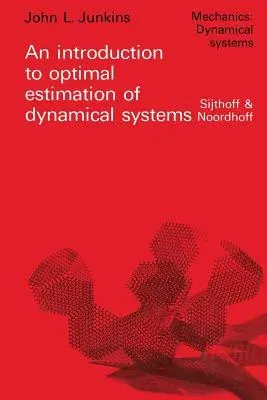J L Junkins
(Author)An Introduction to Optimal Estimation of Dynamical Systems (Softcover Reprint of the Original 1st 1978)Paperback - Softcover Reprint of the Original 1st 1978, 12 February 2012

Qty
1
Turbo
Ships in 2 - 3 days
In Stock
Free Delivery
Cash on Delivery
15 Days
Free Returns
Secure Checkout
Part of Series
Mechanics: Dynamical Systems
Print Length
354 pages
Language
English
Publisher
Springer
Date Published
12 Feb 2012
ISBN-10
9400999224
ISBN-13
9789400999220
Description
Product Details
Author:
Book Edition:
Softcover Reprint of the Original 1st 1978
Book Format:
Paperback
Country of Origin:
NL
Date Published:
12 February 2012
Dimensions:
22.86 x
15.24 x
1.88 cm
ISBN-10:
9400999224
ISBN-13:
9789400999220
Language:
English
Location:
Dordrecht
Pages:
354
Publisher:
Series:
Weight:
476.27 gm

